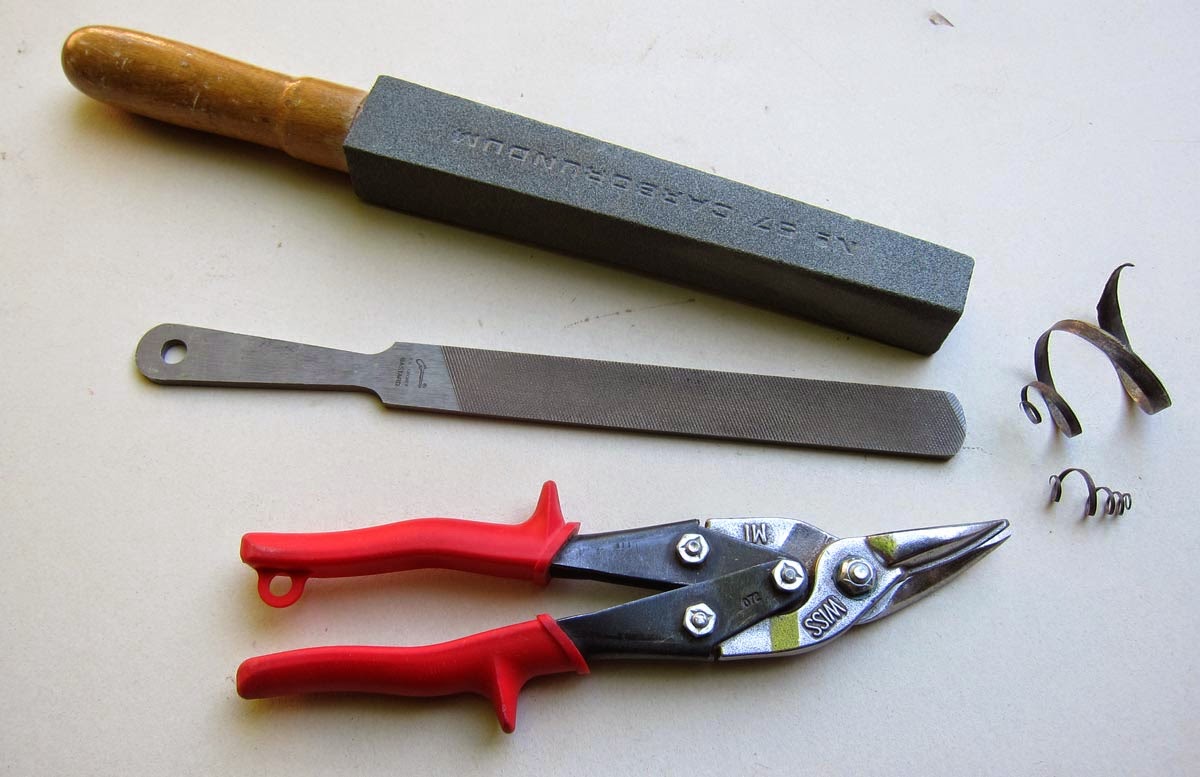blackrodd
Established Member
I've just acquired a draw knife, to shape some oak and give the carpenters axe and my right arm a change.
It arrived well packaged and very sharp, but it needs to stay that way, It's 8" wide cut and made in sheffield.
I really didn't want to do this, but having googled sharpening a draw knife, various methods came up, mostly knife to the stone, which, as the rounded bottom edge, which I assume is acting as a fence or limiter for the depth of cut, a skill
acquired by frequent use of the knife, I would think.
So, you folk that use and hone these draw knives, how do you hold and hone?
I've watched the Curtis Buchanan vids and Village Carpenter, Lie Nielson vids too.
Village Carpenter is the one I favour as his holding, stone to the knife technique my sharpening skills, will probably work out best as this is a little different from controlling chisels and planer blades safely!
Thanks and regards Rodders
It arrived well packaged and very sharp, but it needs to stay that way, It's 8" wide cut and made in sheffield.
I really didn't want to do this, but having googled sharpening a draw knife, various methods came up, mostly knife to the stone, which, as the rounded bottom edge, which I assume is acting as a fence or limiter for the depth of cut, a skill
acquired by frequent use of the knife, I would think.
So, you folk that use and hone these draw knives, how do you hold and hone?
I've watched the Curtis Buchanan vids and Village Carpenter, Lie Nielson vids too.
Village Carpenter is the one I favour as his holding, stone to the knife technique my sharpening skills, will probably work out best as this is a little different from controlling chisels and planer blades safely!
Thanks and regards Rodders




































